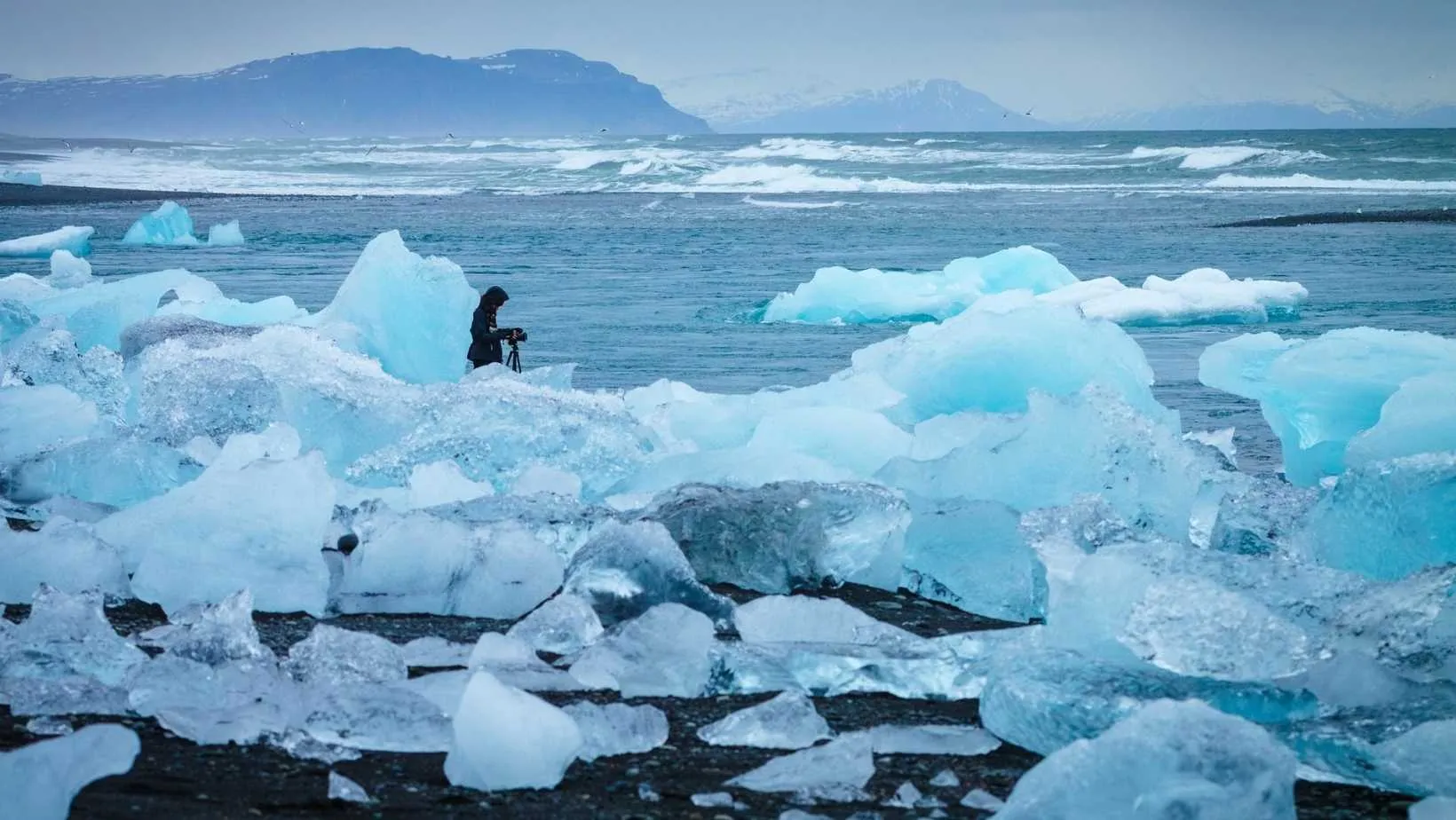When is the best time to visit Iceland?
Last Updated On December 02, 2022
Last Updated On December 02, 2022
The best time to visit Iceland depends on your interests, as some activities are seasonal. For example, once the snow in the highlands has thawed, you can only explore inland by 4x4 starting in July. Visitors hoping to see the northern lights should go between November and February, when the evenings are the longest.

Photo by Khamkéo Vilaysing on Unsplash
However, due to its mild marine climate, Iceland is an excellent year-round vacation. Summers are brief and cold, with temperatures ranging from 9°C to 13°C, while winters are long but pleasantly mild, with highs of 3°C and lows of -2°C.
Rain can fall unexpectedly at any time of year, so be prepared for chilly, wet, and windy days. Blizzards in the winter may cause traffic delays, and late thaws in the highlands may impede summer travel. But, as the Icelanders say, if you don't like the weather, just wait a little longer.
Iceland has all four seasons, contrary to its name, which implies a snow-white land all year. Winter in the country lasts from November to March, with daytime highs in most sections of the country hanging around freezing. If you want to see the Northern Lights and the country's bizarre landscapes blanketed in snow on guided and safe tours with us, this is the most suitable time to visit Iceland.
Despite its location just outside the Arctic Circle, Iceland has a much milder climate thanks to the Gulf Stream, which travels down its southern and western coasts. During April and May, the country experiences a brief spring. Temperatures begin to rise into the 40s, and the snow starts to melt. Iceland is most prevalent during the summer months of June, July, and August. During this season, we can arrange various activities for you, including hiking, wildlife viewing, and experiencing the midnight sun. By September, the fall season had arrived, with temperatures beginning to decline and rainfall levels increasing.
Autumn, winter, and spring - September to May - are some of the most affordable months to visit Iceland. The exception is December when prices rise due to the holidays. If you want longer days and cooler temperatures, go during the shoulder seasons between September and May. After all, there's a reason why fewer people visit Iceland in the winter: it's dark and cold. Only snow lovers and Northern Lights seekers should apply when visiting Iceland in the winter.
Iceland's peak season lasts from June through August. Visitors to Iceland during the summer are drawn by the school holidays and long, pleasantly beautiful days, especially when the sun scarcely sets in June and July. Fortunately, we've compiled a list of suggestions to help you avoid the crowds during peak season.
Between May and October is the ideal time to watch whales in Iceland. The increasing summer sunlight and warming sea temperatures cause a fish boom, which causes a whale boom. Minke whales are most likely to be seen, but humpbacks and dolphins are also common. From February to early June, killer whales can be seen in Iceland.